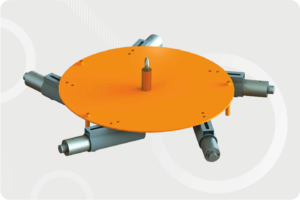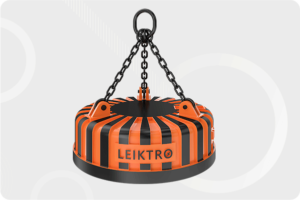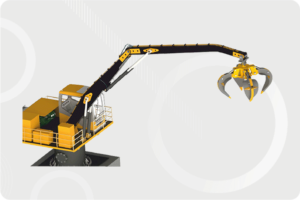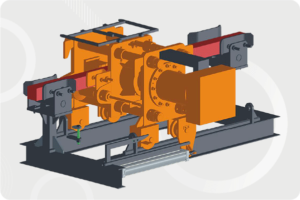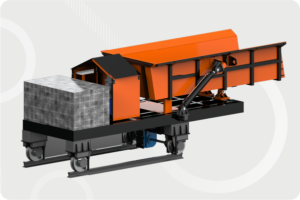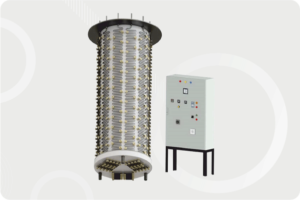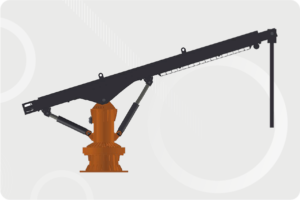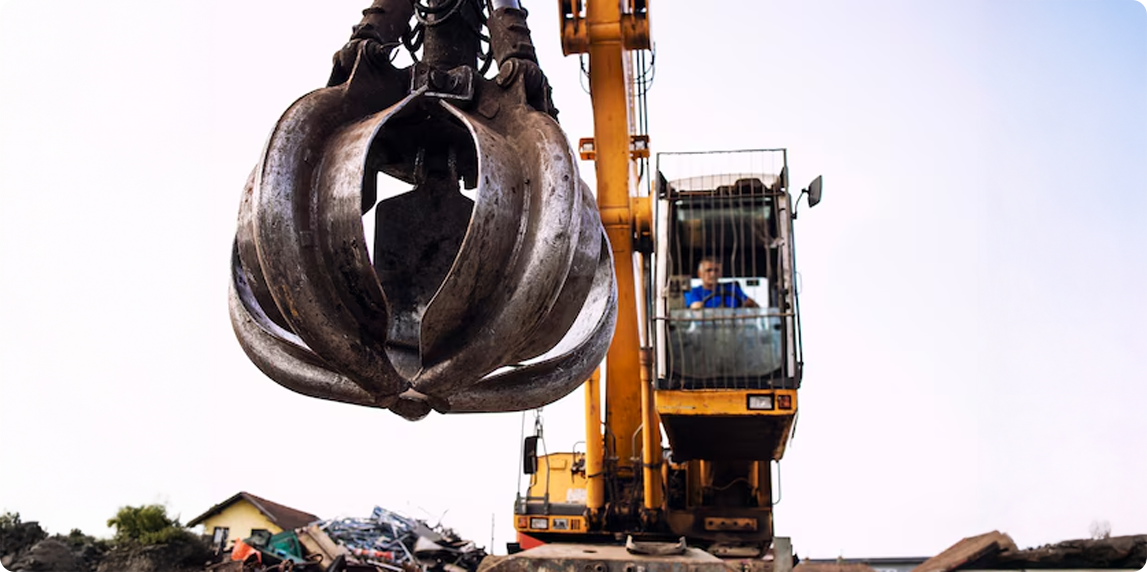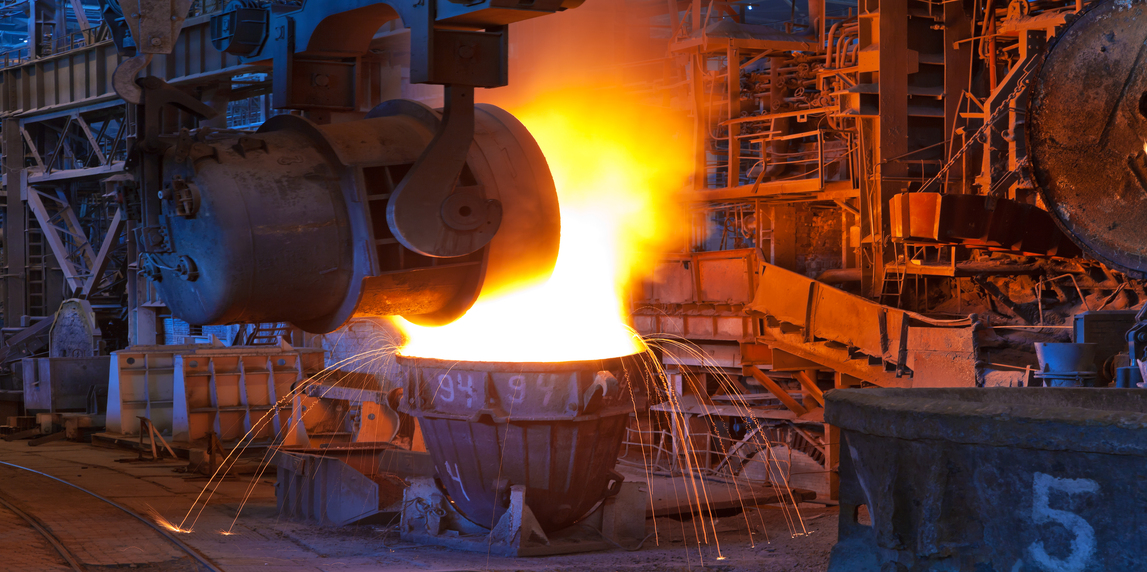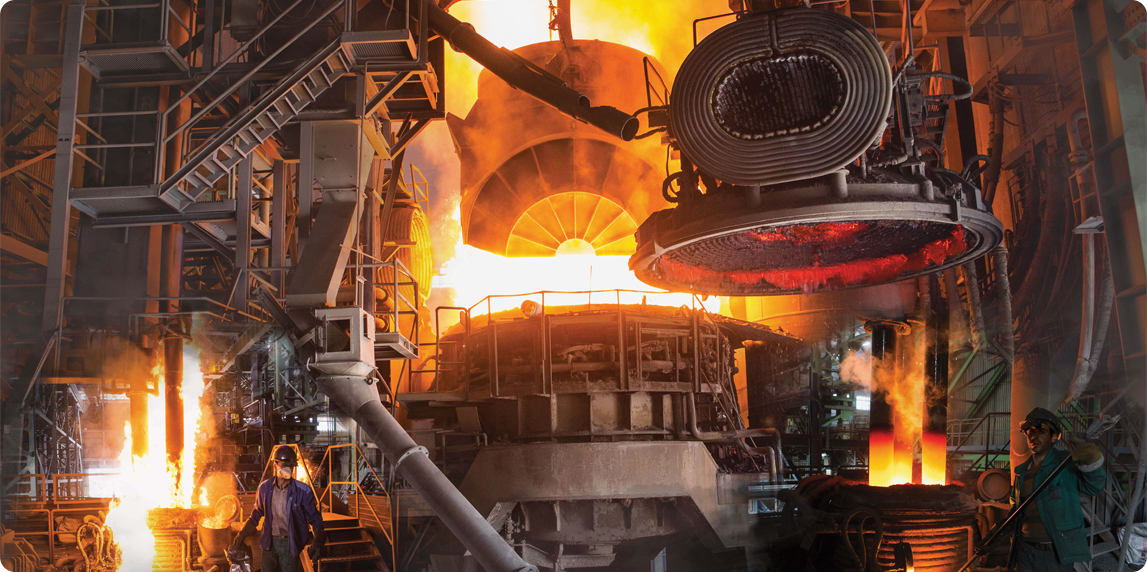
Selecting the right industrial equipment is a crucial decision for any manufacturing operation. The right machinery can boost productivity, enhance product quality, and ensure operational efficiency, while the wrong choice can lead to costly downtime and inefficiencies. Whether you’re setting up a new manufacturing line or upgrading existing equipment, understanding how to choose the right industrial machinery is essential. Here’s a comprehensive guide to help you make an informed decision.
1. Understand Your Production Needs
Before diving into the selection process, it’s important to clearly define your production needs. Consider the following factors:
- Production Volume: Determine the scale of your production. High-volume operations might require heavy-duty machinery capable of handling large quantities, while smaller operations might benefit from more versatile, compact machines.
- Product Specifications: Understand the requirements of the products you manufacture. The machinery should be able to meet the quality, precision, and customization needs of your products.
- Production Speed: Evaluate the speed at which you need to produce items. High-speed production lines will require equipment designed for rapid operation without compromising quality.
2. Assess Industry-Specific Requirements
Different industries have unique requirements that influence equipment choice:
- Automotive: Requires high precision and durability to handle complex components and high production volumes.
- Aerospace: Needs equipment that meets stringent quality standards and can handle specialized materials.
- Food and Beverage: Focuses on hygiene, safety, and equipment that complies with food-grade standards.
- Electronics: Demands precision and the ability to handle small, intricate parts.
Understanding the specific demands of your industry will help narrow down your options and ensure you choose equipment tailored to your needs.
2. Consider Equipment Size and Space
The physical space available in your manufacturing facility will influence your equipment choices. Measure your available floor space and consider the layout of your production line. Ensure that the equipment you choose fits comfortably within your facility and allows for smooth workflow and maintenance access.
3. Evaluate Equipment Features and Technology
Modern industrial equipment often comes with advanced features and technologies that can enhance performance:
- Automation: Automated machinery can improve efficiency and consistency. Evaluate the level of automation that best fits your production needs.
- Integration Capabilities: Ensure that the equipment can integrate with your existing systems, such as inventory management or quality control systems.
- Energy Efficiency: Energy-efficient equipment can reduce operational costs and contribute to sustainability goals.
4. Analyze Costs and Return on Investment (ROI)
While the initial cost of equipment is an important consideration, it’s equally crucial to assess the long-term ROI. Consider factors such as:
- Maintenance Costs: Factor in the cost of routine maintenance and potential repairs.
- Energy Consumption: Evaluate how much energy the equipment will consume and how that impacts operational costs.
- Lifespan and Reliability: Invest in equipment known for its durability and reliability to avoid frequent replacements.
5. Explore Manufacturer and Supplier Options
Choosing a reputable manufacturer or supplier is vital for ensuring you receive high-quality equipment and support:
- Reputation: Research the manufacturer’s reputation in the industry. Look for reviews, case studies, and customer testimonials.
- Support and Service: Ensure the supplier offers comprehensive support, including installation, training, and after-sales service.
- Customization: Some suppliers, like LeisterTech, offer customized solutions to meet specific needs. Explore options for tailored machinery that aligns with your unique requirements.
6. LeisterTech’s Range of Industrial Solutions
LeisterTech is a prime example of a manufacturer offering a diverse range of industrial solutions designed to meet various manufacturing needs. From robust machinery for heavy-duty applications to advanced automation solutions, LeisterTech provides equipment that caters to different industries and production scales.
Their product range includes cutting-edge technologies such as:
- Lining Vibrators: Ideal for precise and efficient lining processes in industrial applications.
- Hydraulic Pushers: Designed for high-force applications requiring reliability and durability.
- Hot Billet Shearing Machines: Perfect for cutting high-temperature billets with precision.
LeisterTech’s commitment to innovation and quality ensures that their machinery meets the latest industry standards and technological advancements, making them a valuable partner in optimizing your manufacturing operations.
7. Test and Validate Equipment
Before making a final decision, if possible, test the equipment to ensure it meets your production needs. Many manufacturers offer trial periods or demonstrations to help you assess performance and suitability.
8. Plan for Installation and Training
Proper installation and training are crucial for maximizing the benefits of your new equipment. Work with your supplier to ensure a smooth installation process and comprehensive training for your team to operate and maintain the machinery effectively.
Conclusion
Choosing the right industrial equipment involves careful consideration of your production needs, industry-specific requirements, equipment features, costs, and supplier reputation. By following these guidelines and leveraging the expertise of manufacturers like LeisterTech, you can make an informed decision that enhances your manufacturing operations and supports long-term success.
Investing in the right machinery not only boosts productivity but also contributes to the overall efficiency and profitability of your manufacturing process. With the right approach, you’ll be well-equipped to meet the challenges of today’s competitive industrial landscape.


